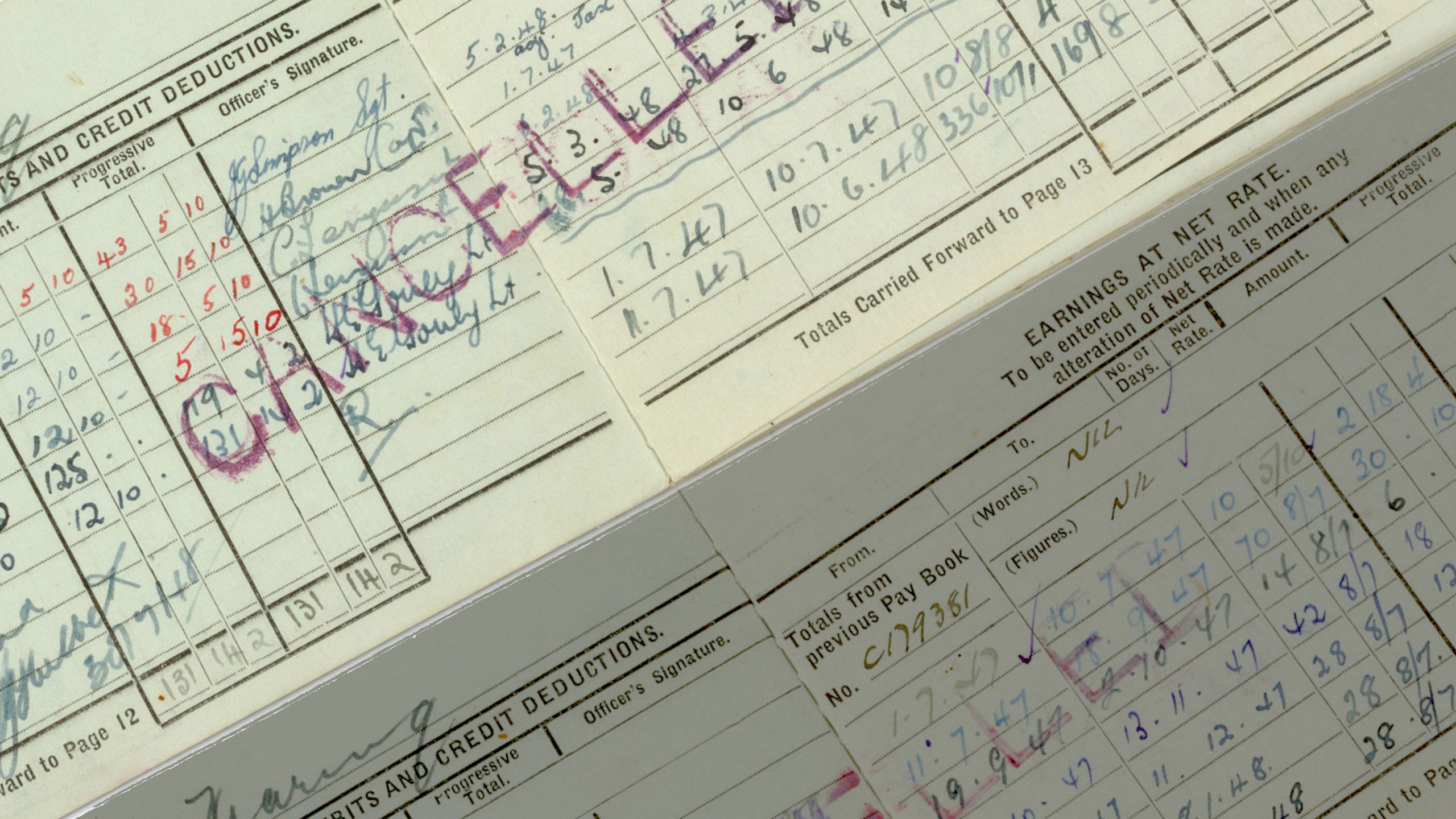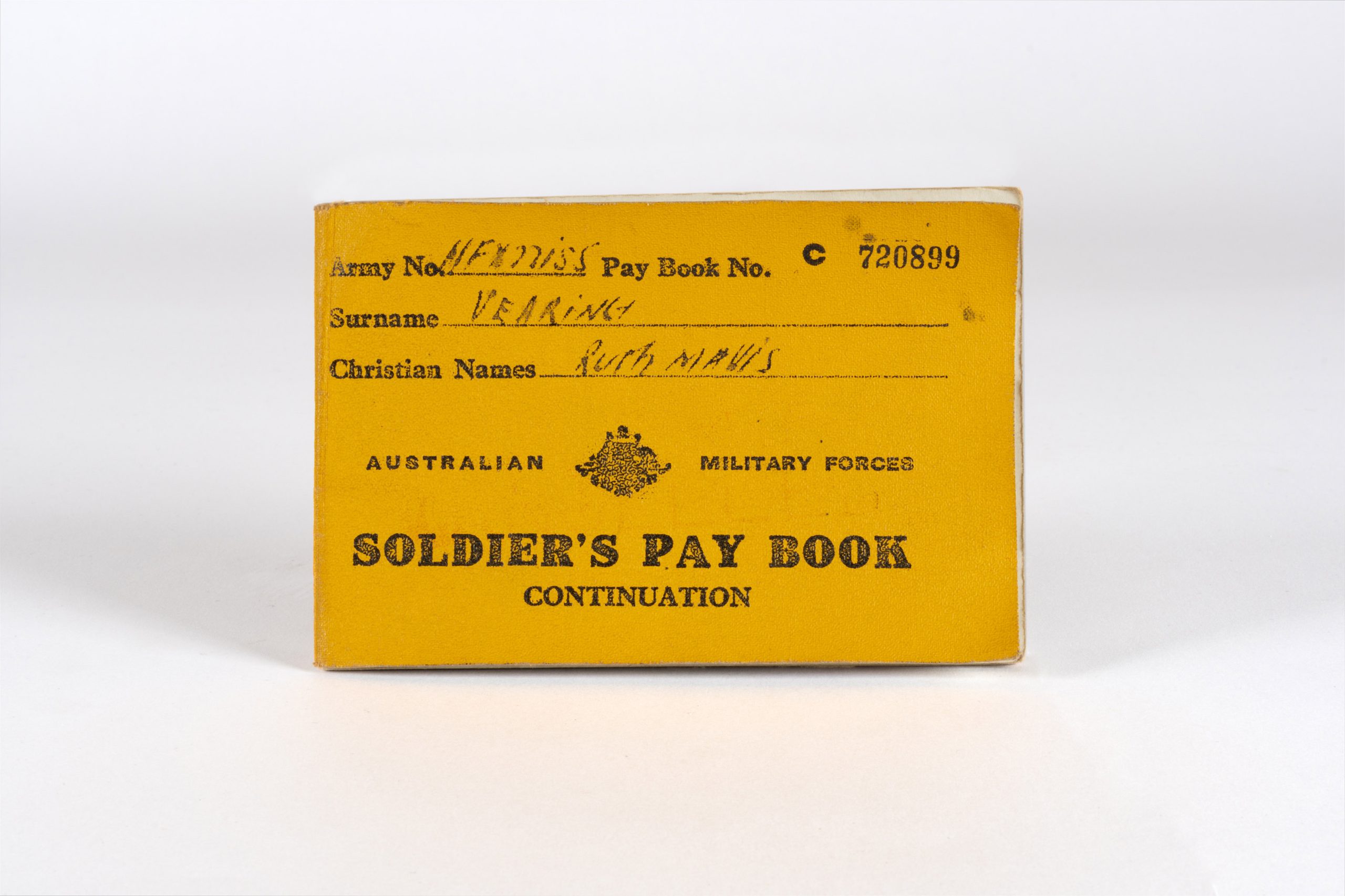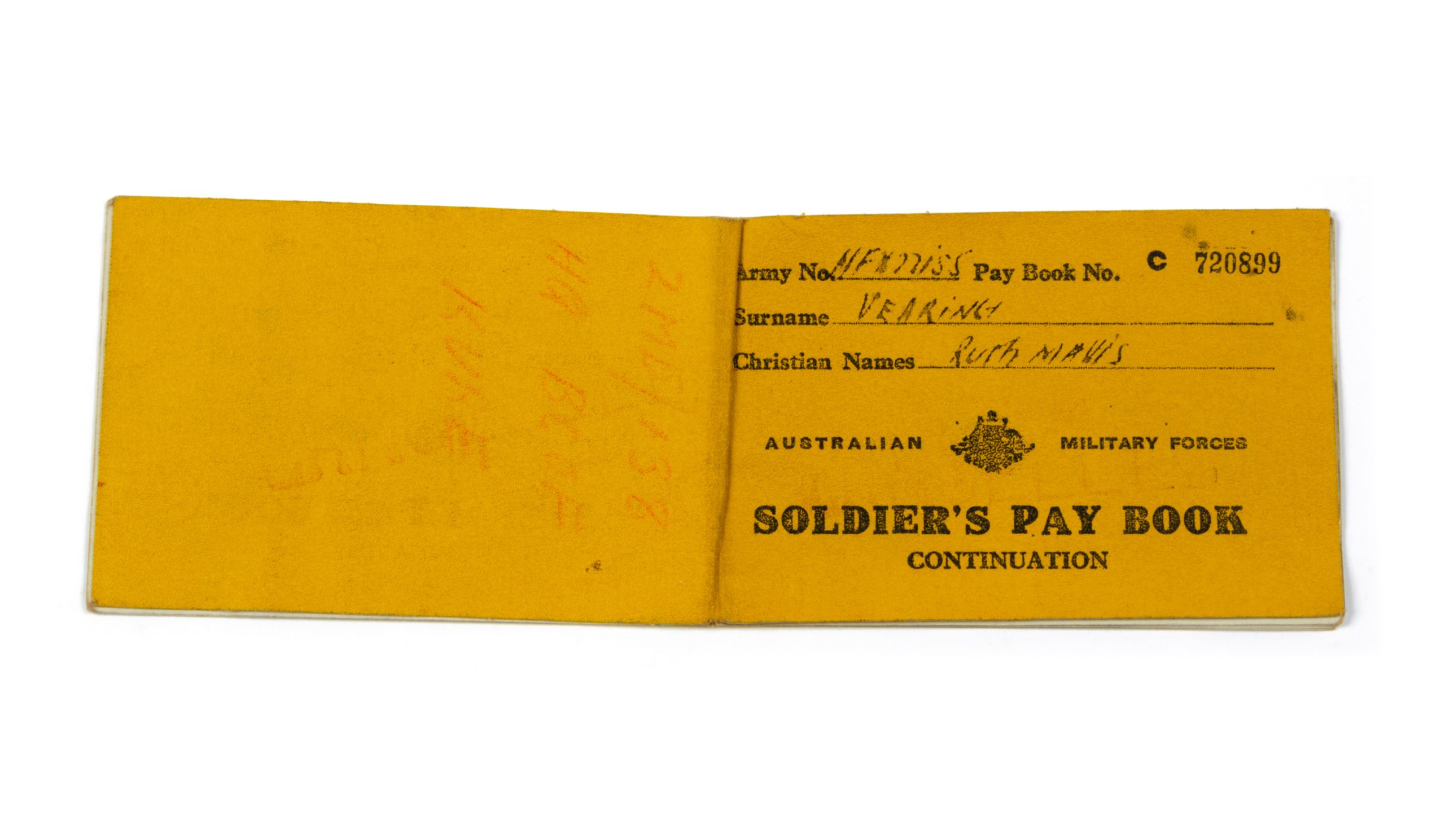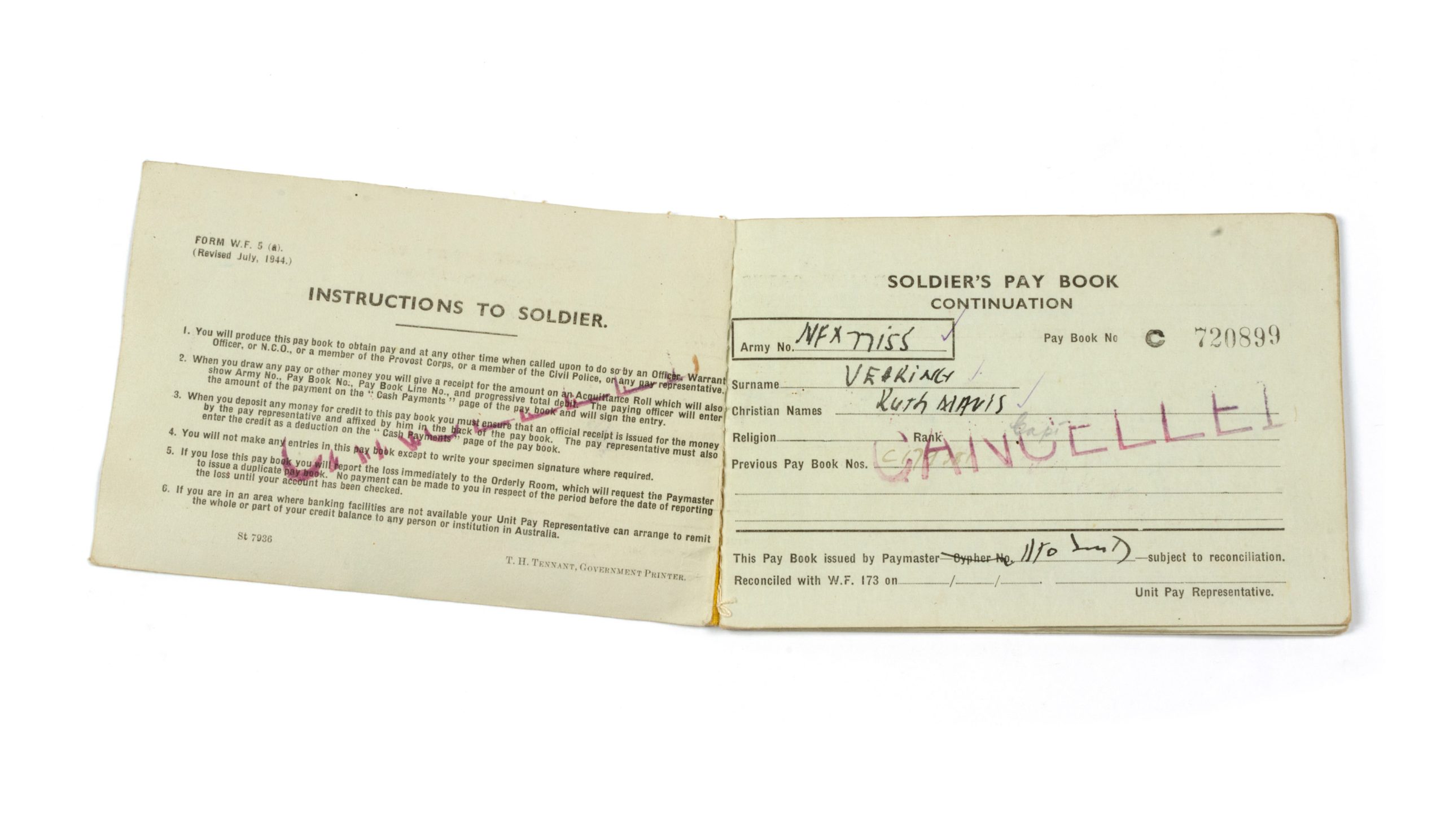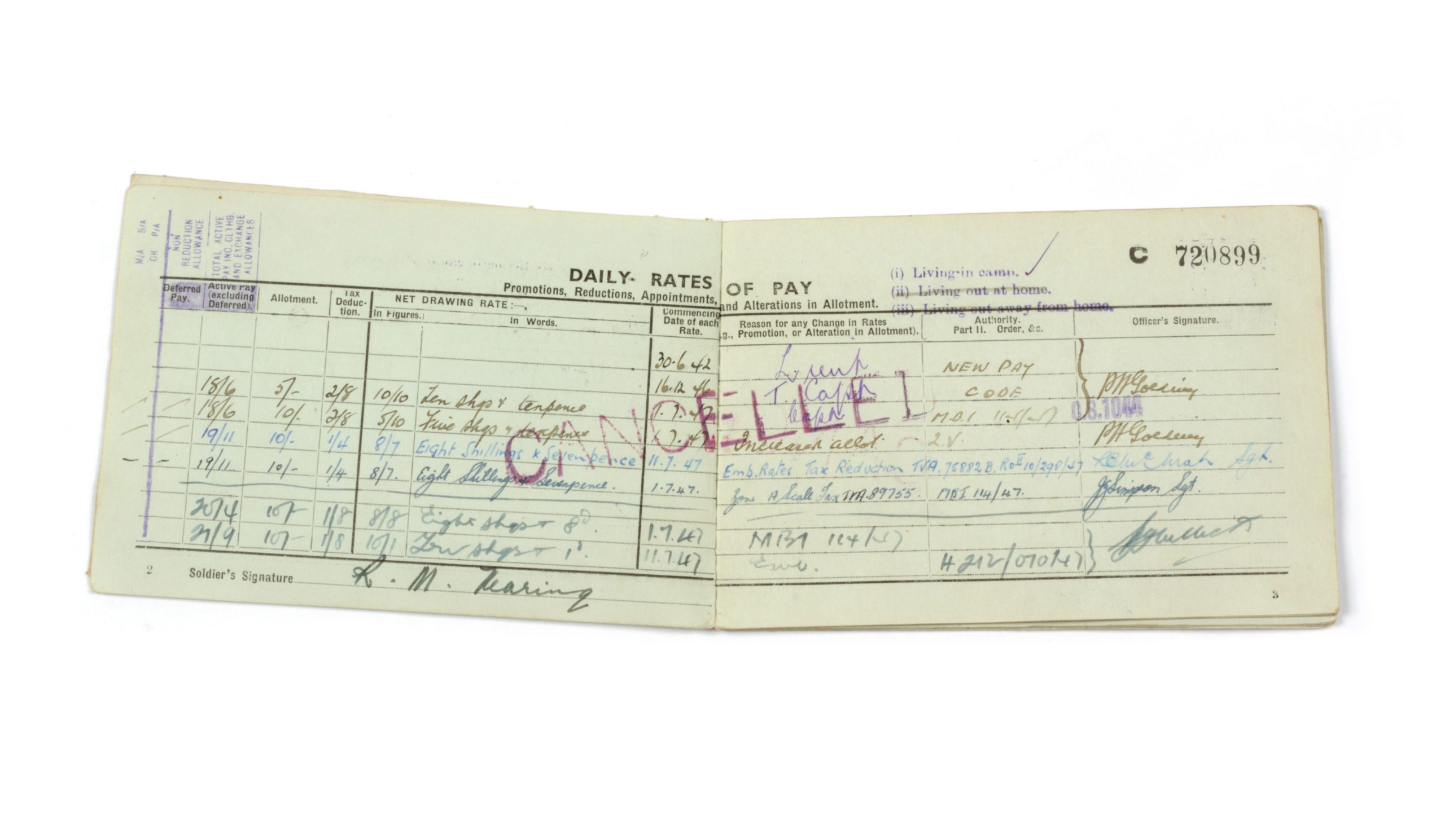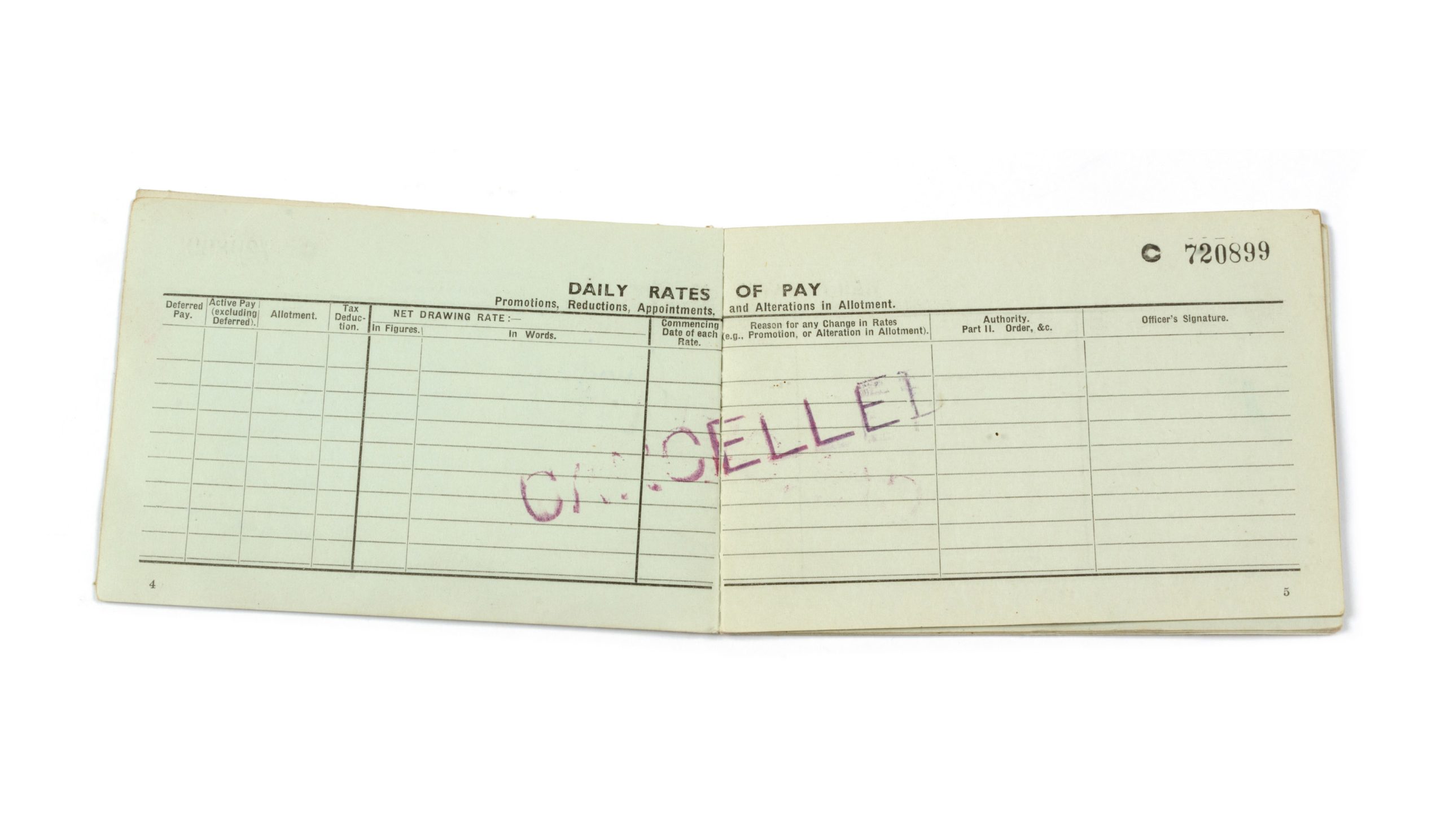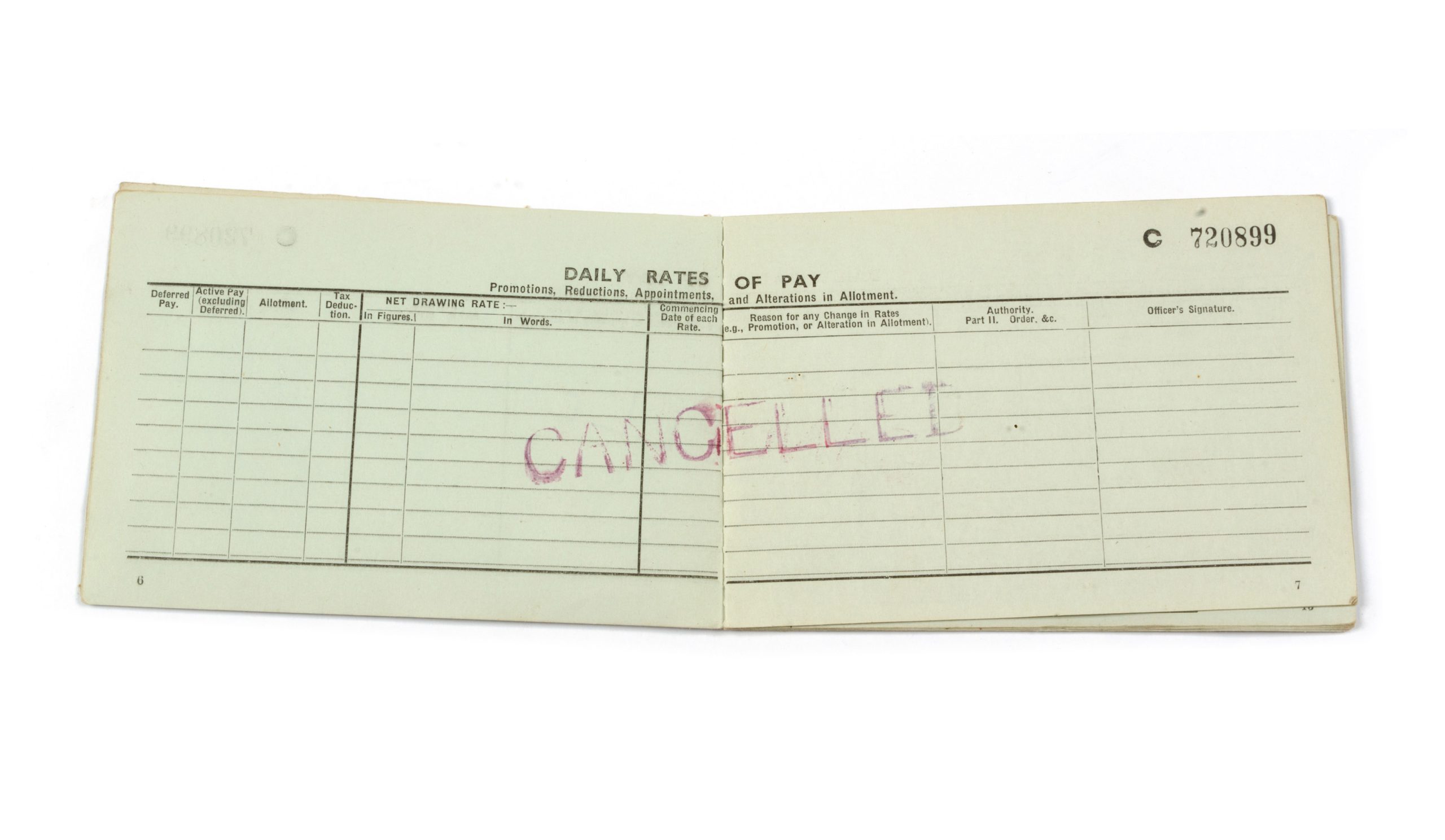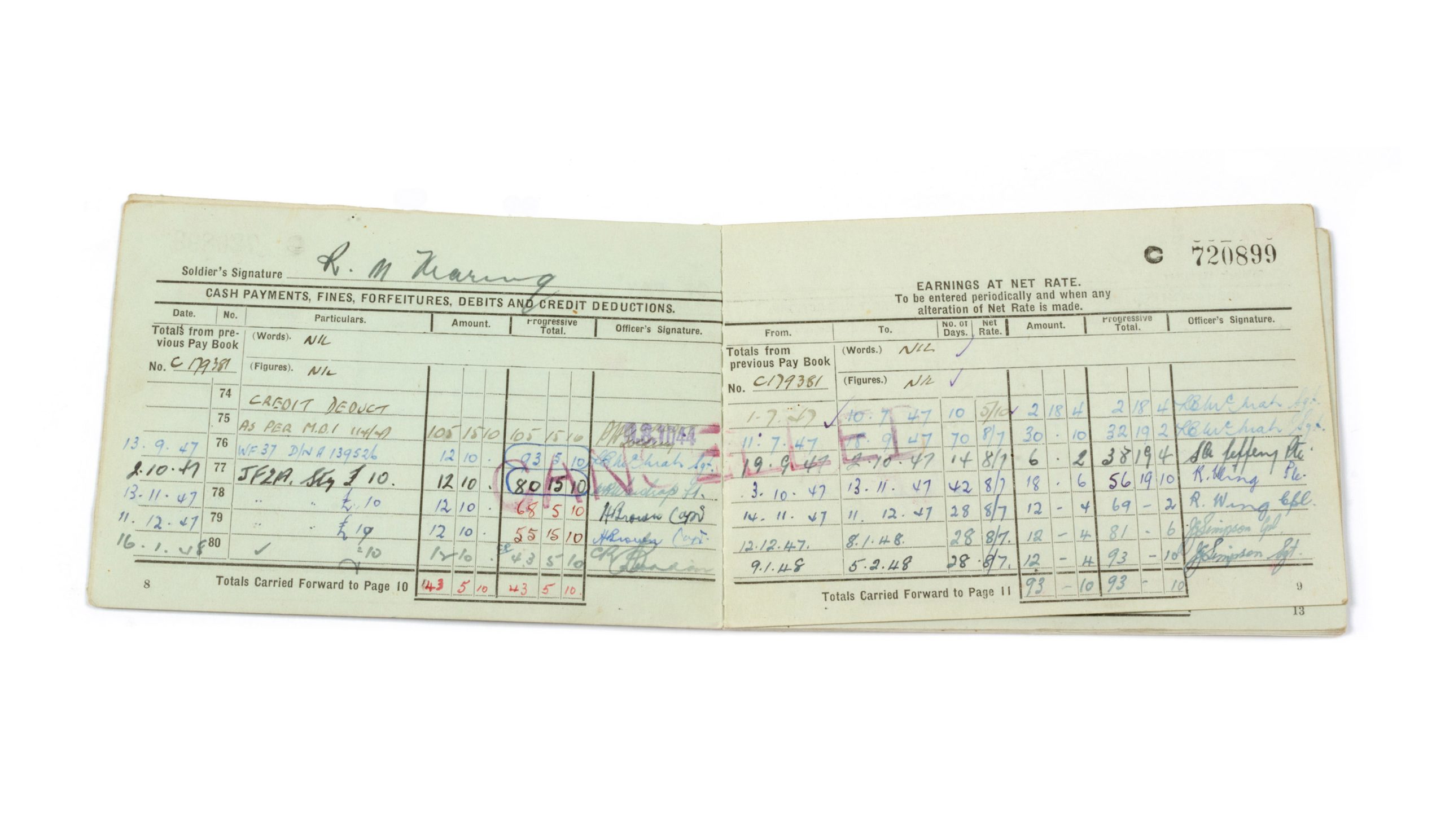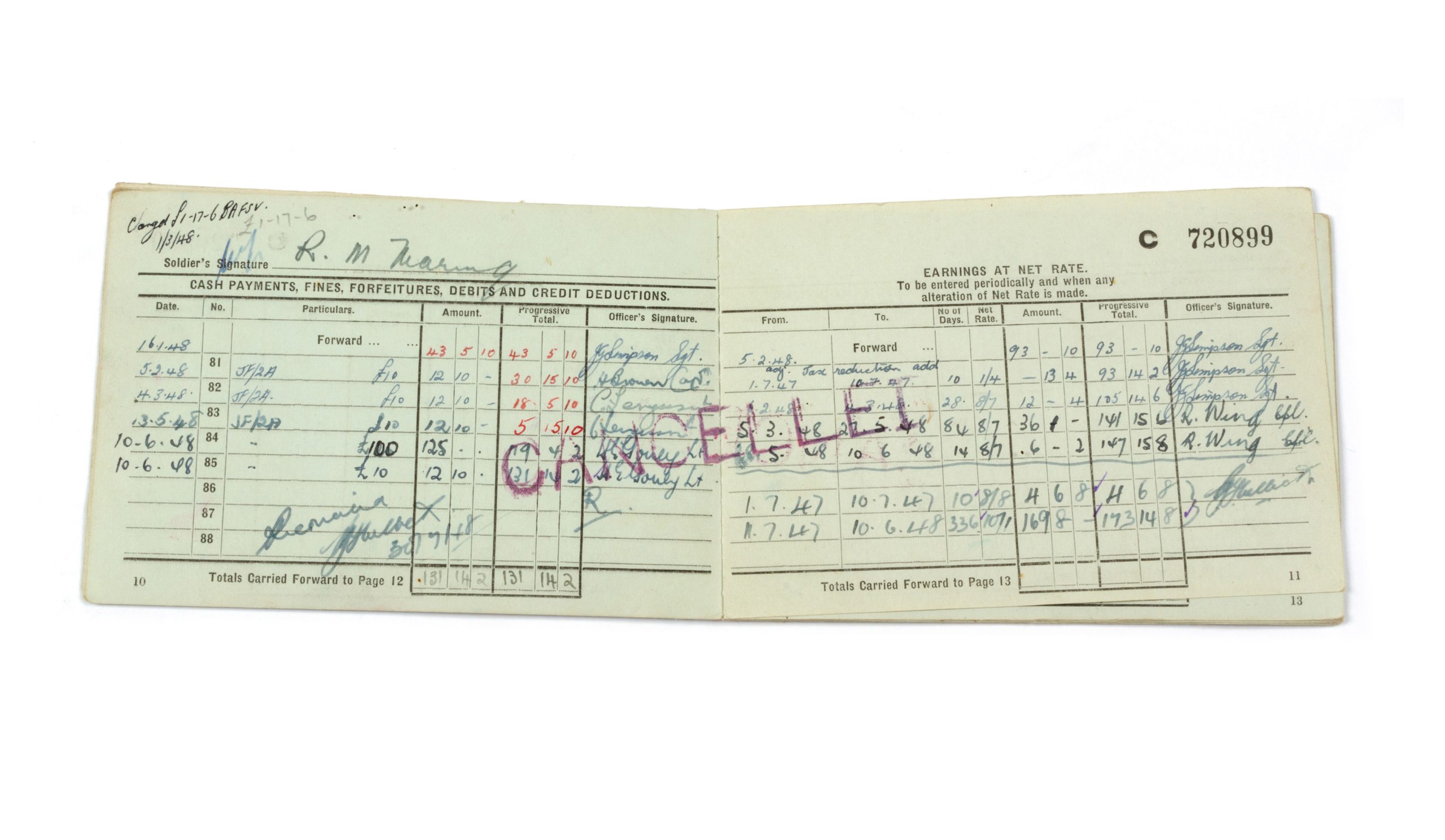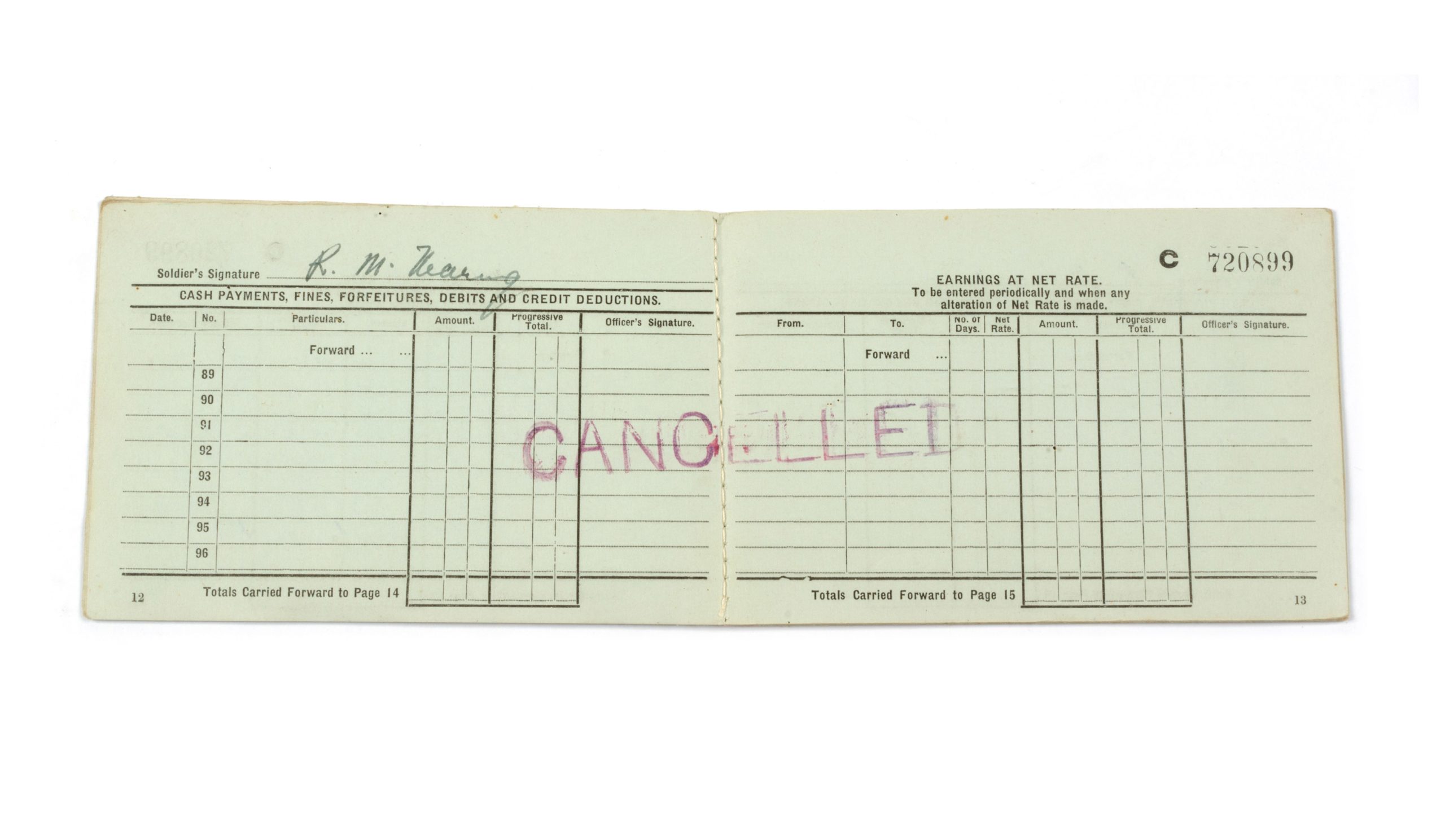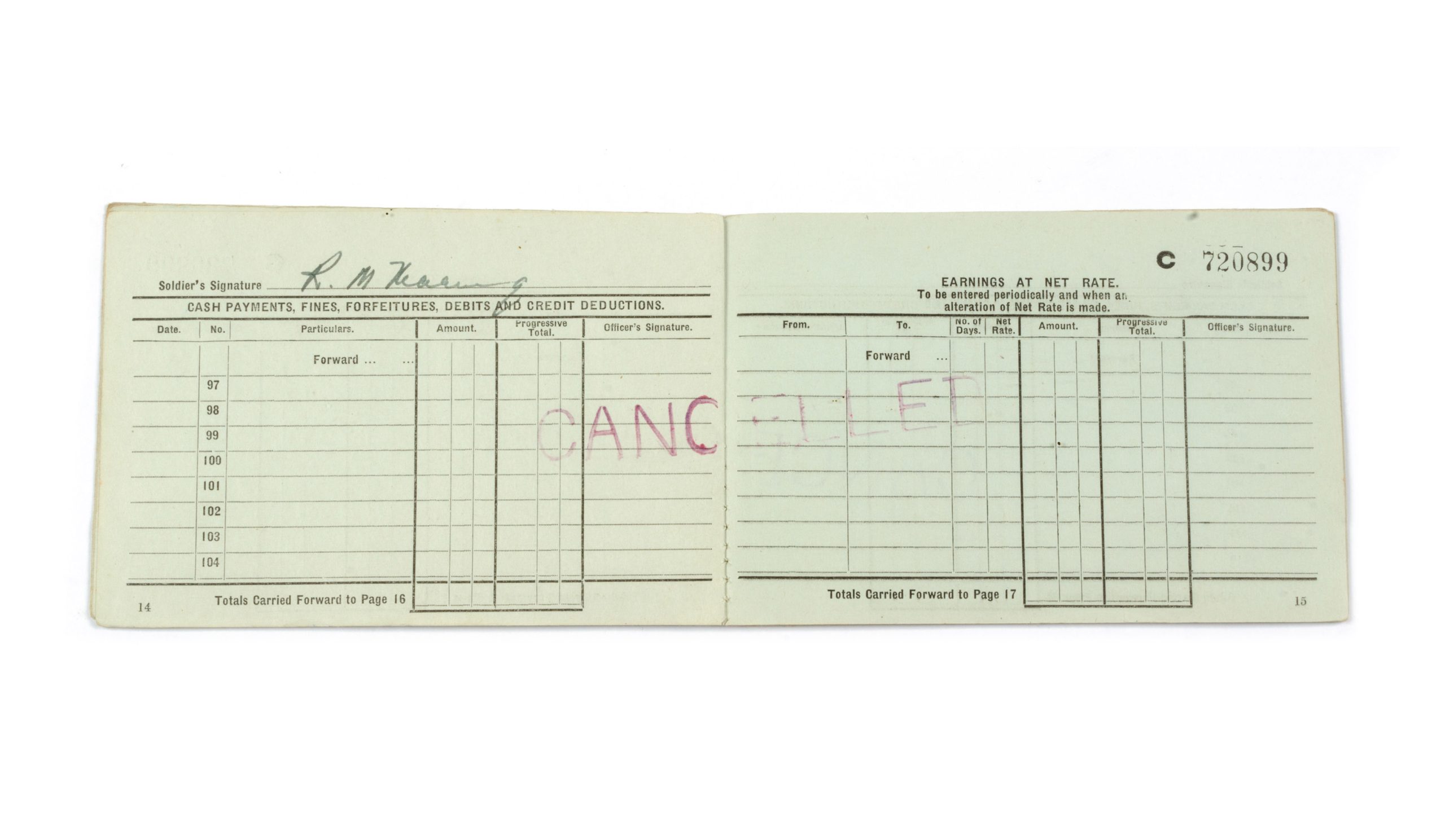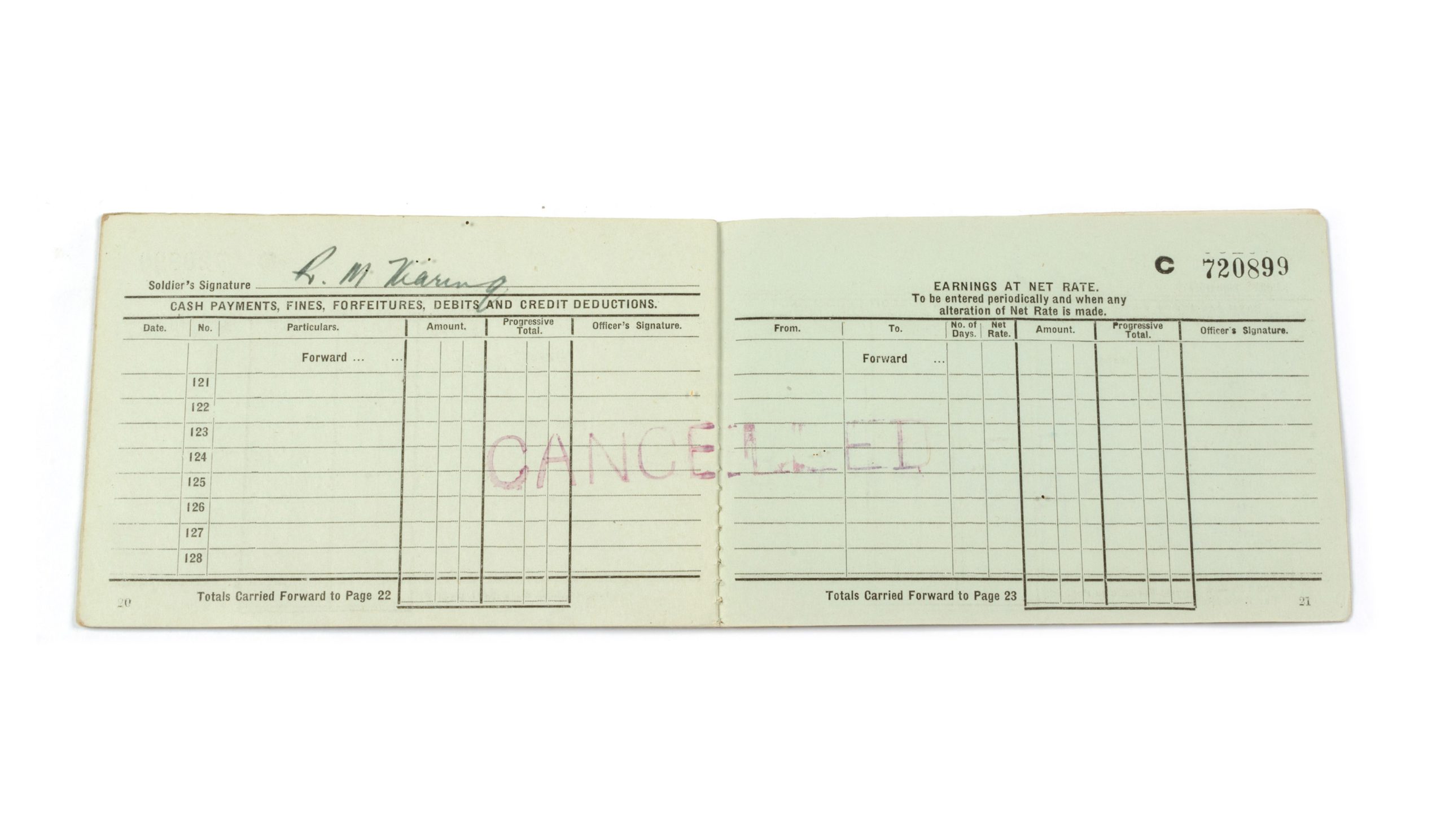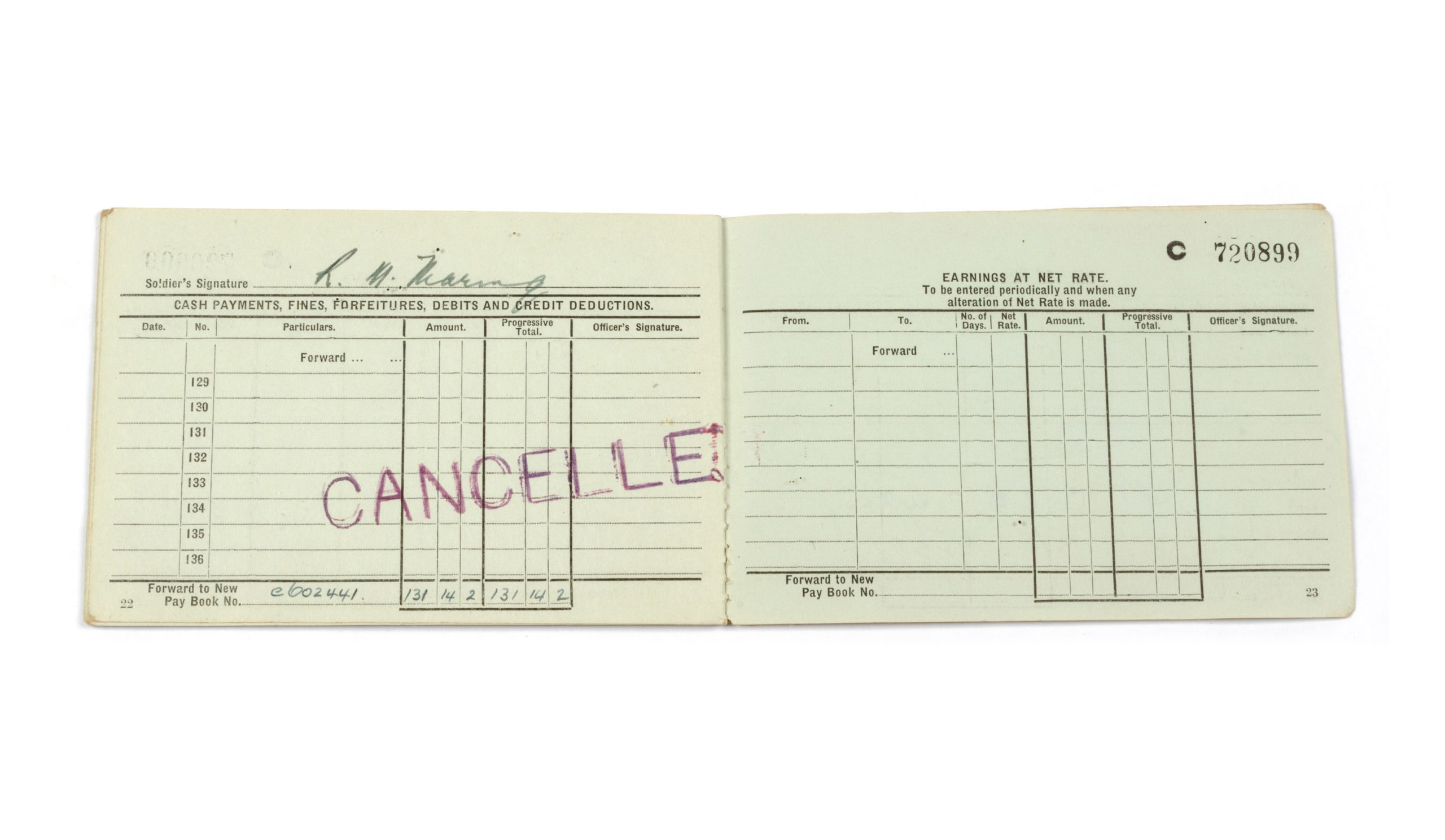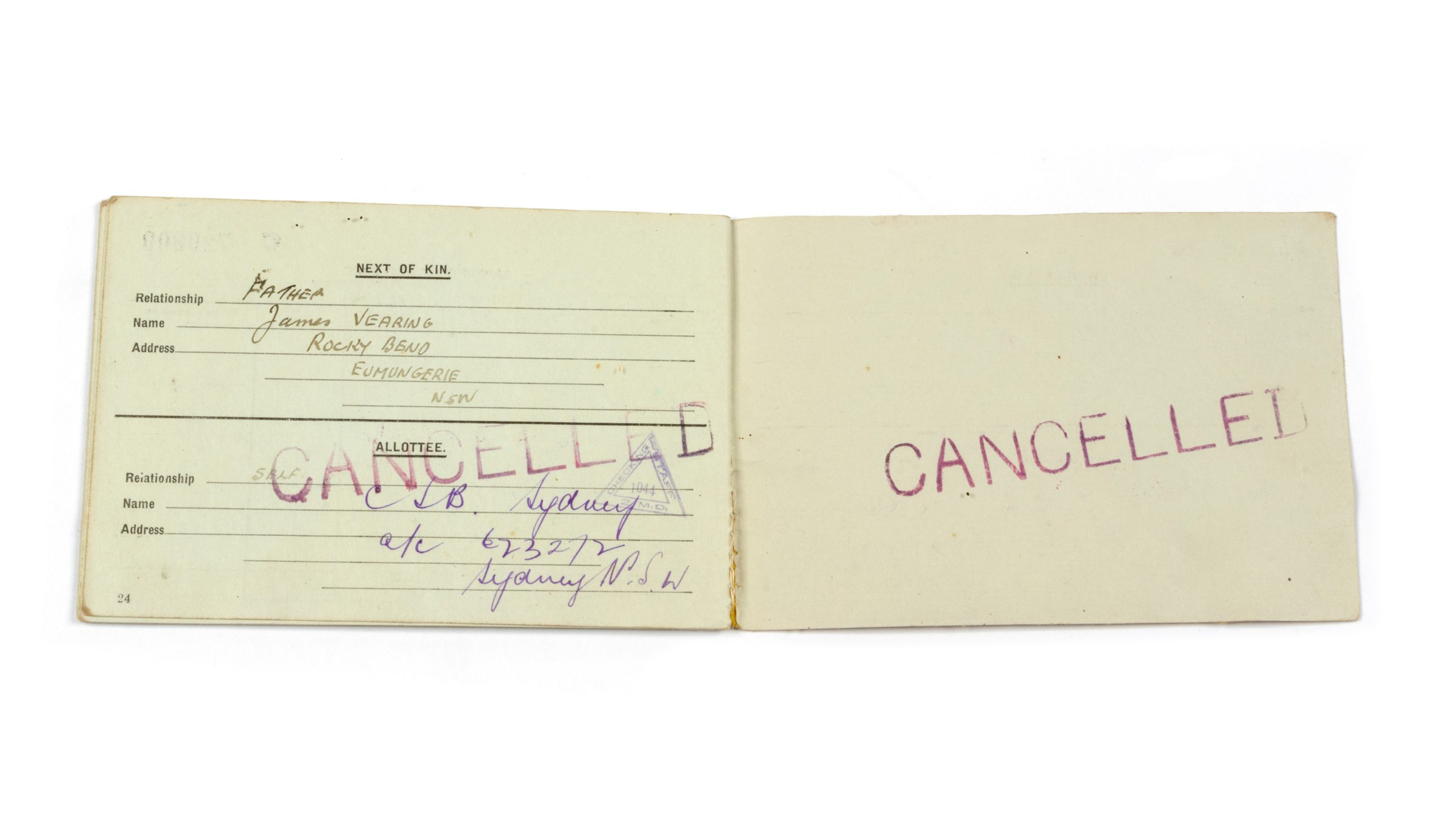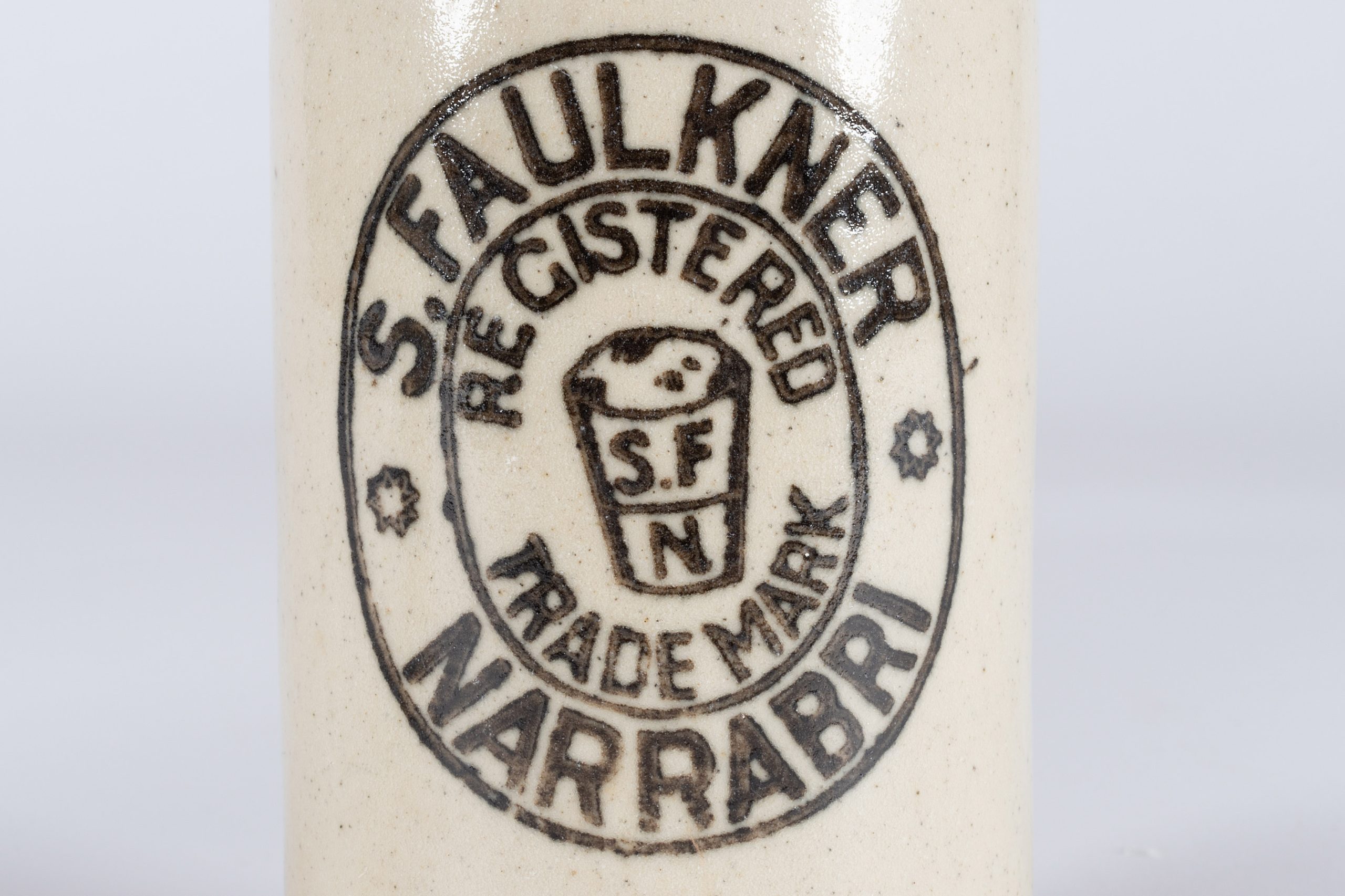Women’s Work
A Turning Point for Pay Inequality
The World Wars unfolded as both harrowing battlefields and captivating cultural stages, with one of its greatest conflicts becoming the evolving role and recognition of women as they contributed to Australia’s military effort.
During WWI, women’s direct involvement in the military beyond Australian soil was limited to a few thousand nursing roles. While some women were paid using the wages they earned from organisations back home, others were only able to work in a volunteer capacity. As women entered industrial roles in greater numbers on the home front, the issue of pay inequality became even more pronounced.
In response, volunteer nurses and working women lobbied the Australian Army Nursing Service (AANS) during wartime and the interwar period for their right to equal involvement and fair pay. By WWII, their work had begun to pay off.
In 1940, the Royal Australian Air Force Nursing Service (RAAFNS) was established and, following that, other divisions were created which allowed women to serve in all areas of the Australian Armed Services such as: the Women’s Auxiliary Australian Air Force (WAAAF), Women’s Royal Australian Naval Service (WRANS), and the Australian Women’s Army Service (AWAS).
The ability for women to serve their country, build their skills, and make their own money was expanding. However, the women in these positions did not receive the same rates of pay, entitlements, or respect as their male counterparts.
One of the women who worked for the AANS was Ruth Mavis Vearing (1911-1999) who grew up in grew up in Eumungerie, a town in central-west NSW on Wiradjuri country.
Ruth gave over eight years of service, spending time in Australia, Japan, and Papua New Guinea. This pay book shows entries from her time in Japan, with changes in pay codes and rates, tax reductions, and payments. After the war, Ruth was awarded various medals including: the 1939-45 Star, the Pacific Star, the Defence Medal, and the Australia Service Medal 1939-1945.
However, despite being an officer, Ruth was still paid less than her male counterparts. On average, women were only paid 54% of the basic male wage.
Ruth and other Australian women who served during WWII faced significant challenges because of their gender. However, their determination to dismantle traditional expectations saw WWII become yet another a turning point for Australian women, contributing to the social revolution which was to come in the following decades.


